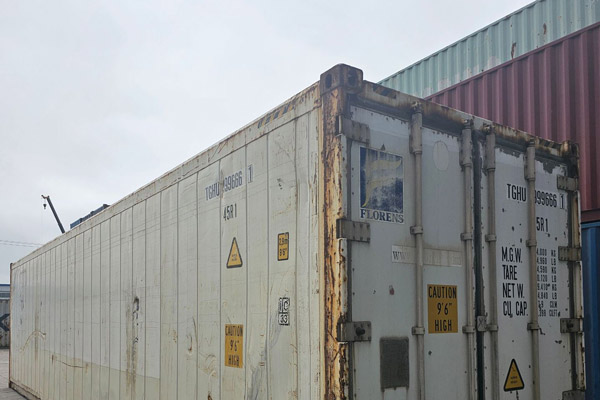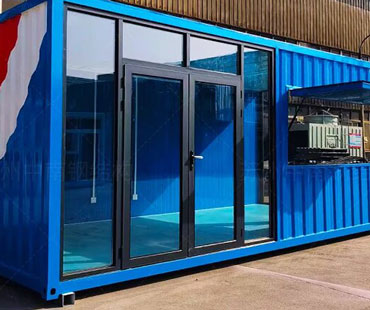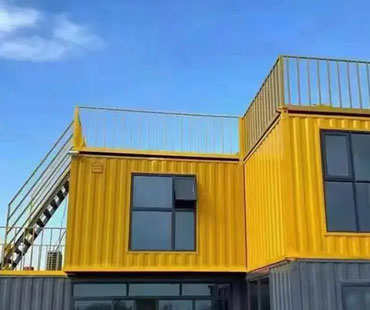In recent years, the integration of container houses into transportation networks has emerged as a transformative approach to sustainable living and efficient logistics. Container houses, constructed from repurposed shipping containers, offer innovative solutions that align with the growing needs for affordable housing, eco-friendly construction, and efficient transport systems. This article explores the role of container houses in enhancing intermodal connections within transportation networks and their broader implications for urban development, sustainability, and economic efficiency.
1. The Rise of Container Housing
The concept of using shipping containers for housing began as a creative response to the global housing crisis, offering a cost-effective and modular solution. These structures can be quickly assembled and modified to suit various living needs, making them ideal for urban environments where space is at a premium. Moreover, the durability and mobility of container houses allow them to be easily transported, facilitating seamless integration into existing transportation networks.
2. Enhancing Intermodal Transportation
Container houses significantly contribute to intermodal transportation systems, which involve the integration of various modes of transport—such as rail, road, and maritime—for efficient cargo and passenger movement. By utilizing standardized shipping containers, these houses can be easily transferred between different transport modalities without the need for extensive reloading or handling. This efficiency reduces transit times and lowers transportation costs, making it a viable option for housing in remote or rapidly developing areas.
3. Sustainability and Environmental Impact
One of the most compelling advantages of container houses is their sustainability. Shipping containers are often made from steel, a material that is both recyclable and durable. By repurposing these containers, we can minimize waste and reduce the carbon footprint associated with traditional construction methods. Additionally, container houses can be designed with eco-friendly features, such as solar panels and rainwater harvesting systems, further enhancing their sustainability and reducing reliance on non-renewable resources.

4. Urban Development and Community Resilience
As cities grapple with rapid population growth and housing shortages, container houses offer a flexible solution that can be quickly deployed in various urban settings. Their modular nature allows for the creation of diverse living spaces, from individual homes to multi-unit developments. This adaptability supports community resilience by providing affordable housing options that can be rapidly constructed in response to demographic changes or natural disasters.
5. Economic Implications and Job Creation
The integration of container houses into transportation networks not only addresses housing shortages but also stimulates local economies. The construction and installation of container homes create jobs in design, engineering, and construction, while the subsequent economic activity generated by new residents supports local businesses. Furthermore, the reduced transportation costs associated with modular container housing can make affordable living more accessible in urban areas, fostering economic growth.
6. Challenges and Considerations
Despite their many benefits, the widespread adoption of container houses faces challenges, including regulatory hurdles, zoning laws, and public perception. Many municipalities lack clear guidelines for the use of shipping containers as residential structures, which can hinder their implementation. Additionally, there is a need for increased public awareness and acceptance of container housing as a viable and attractive living option.
Container houses represent an innovative solution to the challenges of modern urban living and transportation logistics. By enhancing intermodal connections, promoting sustainability, and fostering economic growth, they offer a pathway toward more efficient and resilient urban environments. As cities continue to evolve, embracing container housing can play a crucial role in creating sustainable communities that meet the needs of their residents while minimizing environmental impact. Continued collaboration between government, industry, and communities will be essential in overcoming existing challenges and harnessing the full potential of this transformative approach to housing.


